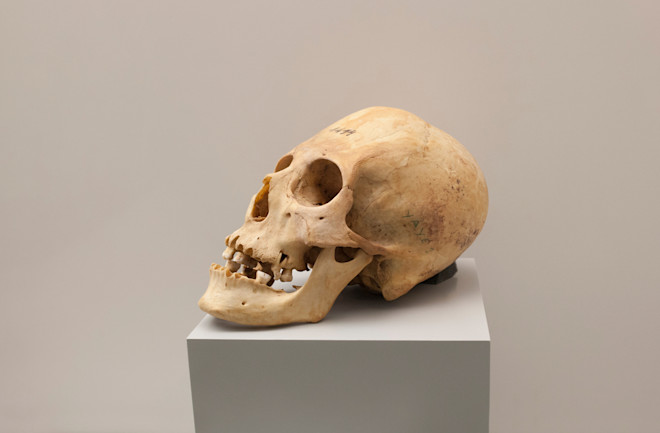From foot binding and scarification to dental alignment and ear piercings, the practice of modifying one’s body — usually for religious or aesthetic purposes — has followed us since the dawn of humankind. In fact, a 2020 study published in the American Journal of Physical Anthropology described noticeable dental abrasions and other oral anomalies on the skull of an archaic human specimen.
History provides many examples of permanent body alterations — among the most famous are the foot binding of women in traditional China and the insertion of lip plates employed by the Mursi people of Ethiopia. Another striking form of body modification called artificial cranial deformation has been adopted throughout our history and long fascinated researchers.

